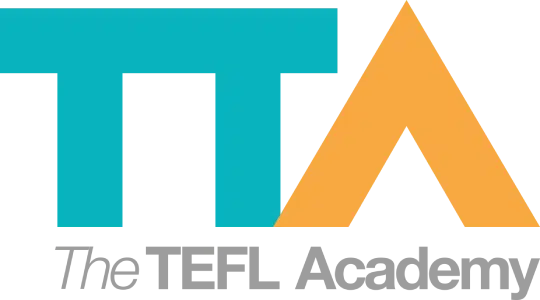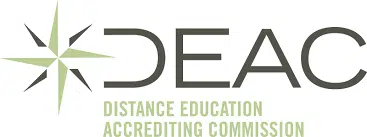When Elicitation In The EFL Classroom Works And When It Doesn’t
Join a global community of over 200,000 TEFL teachers working throughout the world! Enrol me!
Elicitation is the term for a range of techniques which teachers use to prompt learners to come up with information rather than giving it to them. More specifically, eliciting can be used to brainstorm a topic or to produce target language or vocabulary, with the aim of finding out how much the learners already know.
The reason we use eliciting is because the way we view teaching has changed. Whereas before, in traditional classrooms, the teacher was seen as being the holder of all information and the main job of the teacher was to pass on that information, these days learners are expected to take a more active role in the learning process. Learners, in other words, are no longer blank slates but bring their life experiences and language knowledge with them into the classroom. This knowledge can then be utilised as a foundation on which to build further learning.
Another reason why we love eliciting is that it turns your classroom into a more learner-centred space. In EFL lessons, the focus should be on the learners and not the teacher and eliciting helps put the power into the hands of the learners. Through eliciting the teacher becomes aware of what needs to be taught and what doesn’t.
The problem with eliciting comes when teachers try to use it at every opportunity. Eliciting is just one of many techniques which should be utilised in the classroom, but sometimes teachers rely too heavily on it and lessons can become guessing games.
Remember, firstly, that your learners don’t know everything – otherwise they wouldn’t be in your classroom! You can’t expect them to come up with everything you want them to. Also, it can be difficult for learners to understand exactly what it is you are expecting from them when you are eliciting. It is necessary to provide sufficient context or information to guide the learners to the language you are aiming for. Be careful of using open-ended questions or questions which are open to interpretation because then there is no telling how many different answers you’ll get.
Then, don’t try to pull blood from a stone. If there is a lengthy silence or if the elicitation is not going in the direction you were aiming for, don’t let it continue ad nauseam. Stop eliciting and provide the learners with the language. Maybe they genuinely don’t know.
Eliciting can be a helpful tool for the classroom, if used effectively If you are getting a lot of blank looks from your students while eliciting or if you find that eliciting takes up half the lesson, think about why and what you are eliciting and ways you can do it better.
Accreditation & Quality Assurance
The TEFL Academy was the world’s first TEFL course provider to receive official recognition from government regulated awarding bodies in both the USA and UK. This means when you graduate you’ll hold a globally recognised Level 3 (120hr) Certificate or Level 5 (168hr) Diploma, meaning you can find work anywhere and apply for jobs immediately.
 United States
US
United States
US












